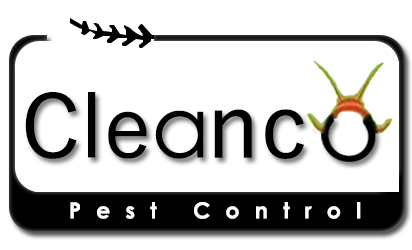The facility bears the responsibility of rodent-proofing its building as much as possible. Of particular concern for excluding rodents is ensuring the weather-stripping at the bottom of doorways is tight fitting with zero cracks or holes. This, together with keeping doors closed, is the best way to limit mouse-and rat-infestations.
A good rodent control program begins outside starting with the reduction of potential harborages such as heavy vegetation and debris. The key in limiting the potential numbers of rodents entering the building is to reduce the potential numbers of rodents near the facility. Exterior baiting and interior trapping will augment exclusion and harborage removal.
- At the minimum, tamper-resistant bait stations should be secured at 30 to 50 foot intervals along the exterior walls of the building. Use the 30-foot spacing along walls where higher rodent activity is present. One pound, weather-resistant Rodenticides blocks should be used inside all exterior bait stations for maximum safety and effectiveness, or facilityer sized baits need to be secured inside the station.
- All dead rodents found and Rodenticides should be disposed -off site of the facility.



